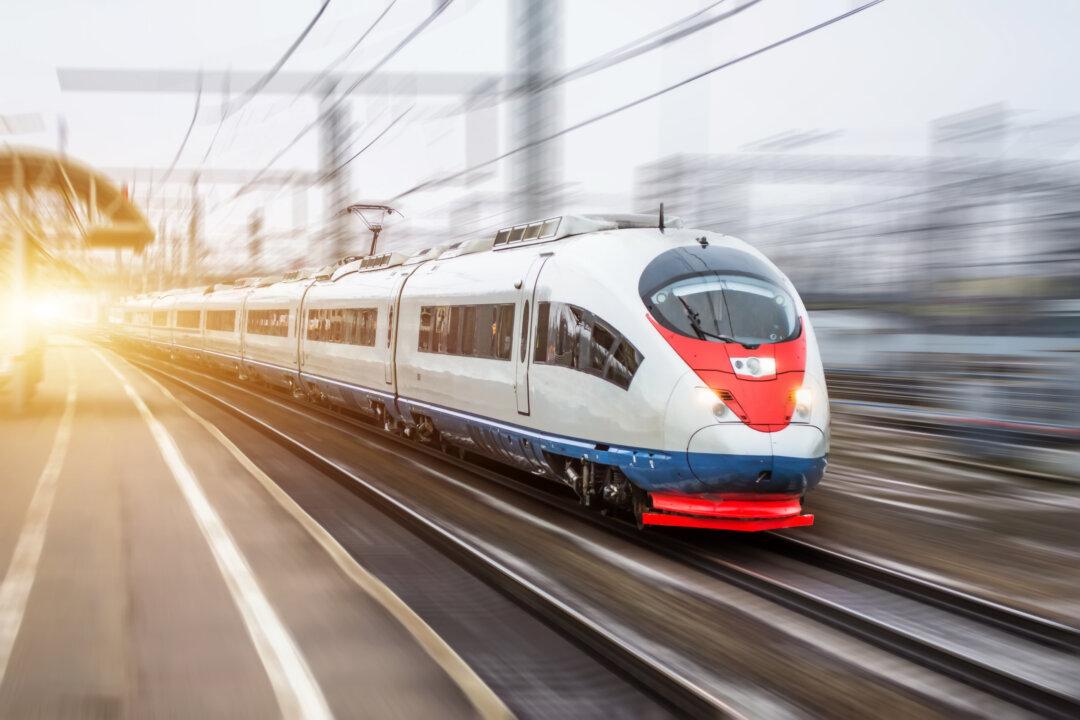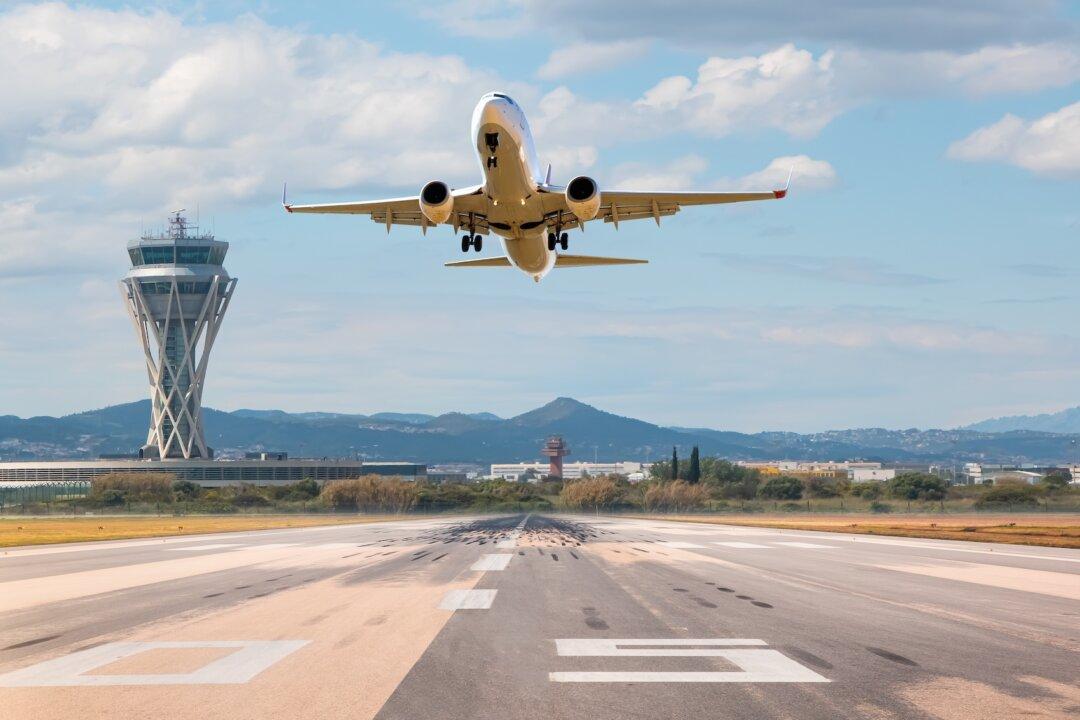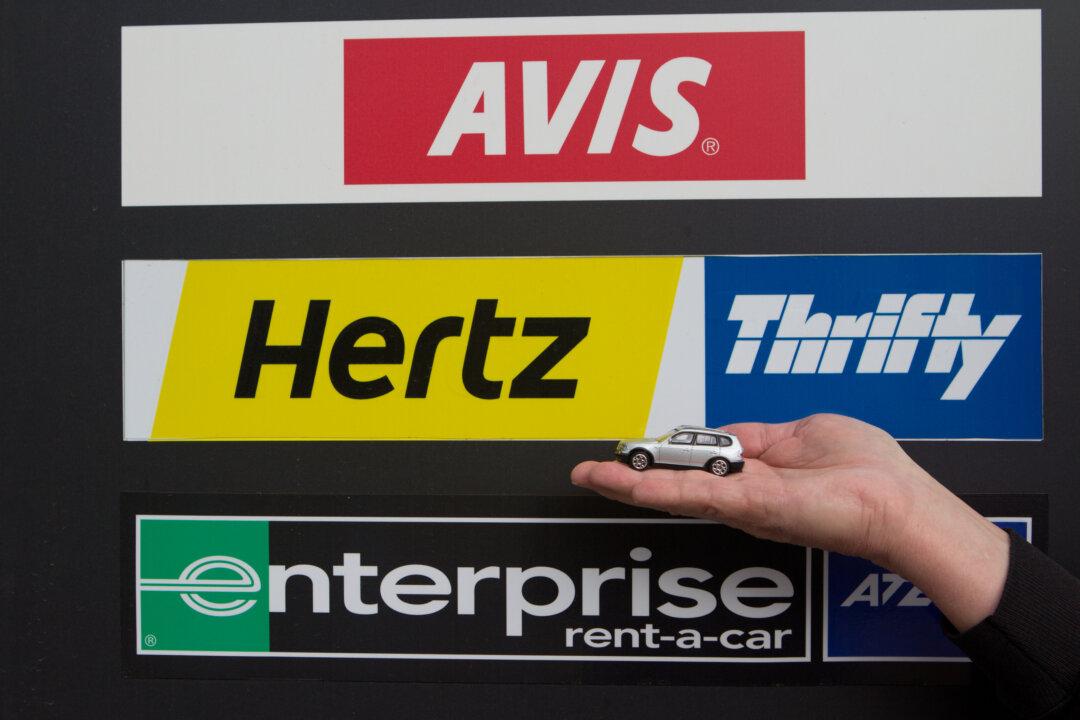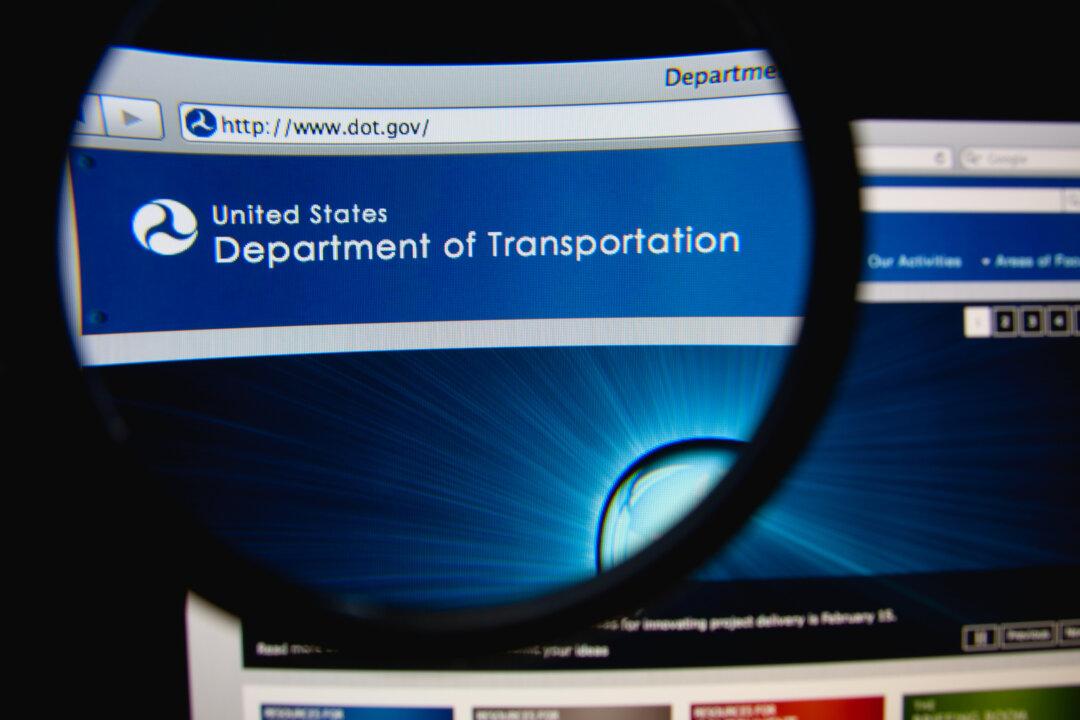Next week, Brightline will start regular operations from Miami to Orlando Airport using a new line that extends the original line from West Palm Beach to Orlando. The new track between West Palm Beach and Cocoa is the long-established Florida East Coast main line upgraded for the return of passenger service; the track from Cocoa to Orlando is completely new, running along the Beachline Expressway.
Some members of the passenger rail blogosphere are falling all over themselves to hail the operation as the first new private rail in the U.S. for decades and the beginning of a nationwide rail renaissance, with similar developments all around the country. Some are calling it “high speed.” Well, maybe. To be sure, Brightline is doing a lot right:
- It will operate 16 trains a day—a frequency robust enough to allow riders to find a reasonable schedule for almost any sort of trip.
It will be faster than most U.S. trains: The plan is for 79 miles per hour between Miami and West Palm Beach, 110 miles per hour from there to Cocoa, then 125 miles per hour to Orlando. Miami–Orlando travel time will be three and a half hours. That’s faster than any Amtrak trains other than those on short stretches of the Northeast Corridor. But only on the final leg from Cocoa to Orlando does it make it true “high speed,” which the Union Internationale des Chemins de fer (UIC), or international union of railways, says starts at around 125 miles per hour.
Brightline’s trains, which have been operating regularly between Miami and West Palm Beach, are of modern diesel multiple unit (DMU) design and capable of high-speed running.
Brightline plans additional expansion. First up will be an extension of the Florida line from Orlando to Tampa, with stops at the main theme park areas. Longer term, Brightline is planning a true high-speed line—nearly 200 miles per hour—between Las Vegas and some point in the Los Angeles area.
But that’s all, folks, for the foreseeable future. The only other serious high-speed project in the United States is in California, where a line connecting the Bay Area with the Los Angeles basin is nominally under construction. But the project is a shambles—way over budget, way late, and unsure of future funding. And, in what I consider to be a big mistake, the initial construction is confined to the easiest terrain, meaning that the mountainous terrain into both terminal areas—where new lines are most urgently needed—will be the last to get funding and done, if ever. High-speed talk in the rest of the country is just that—talk, vaporware. Nothing will happen in my lifetime, and maybe not in yours.
The story is better elsewhere. Lots of countries offer robust high-speed rail systems:





